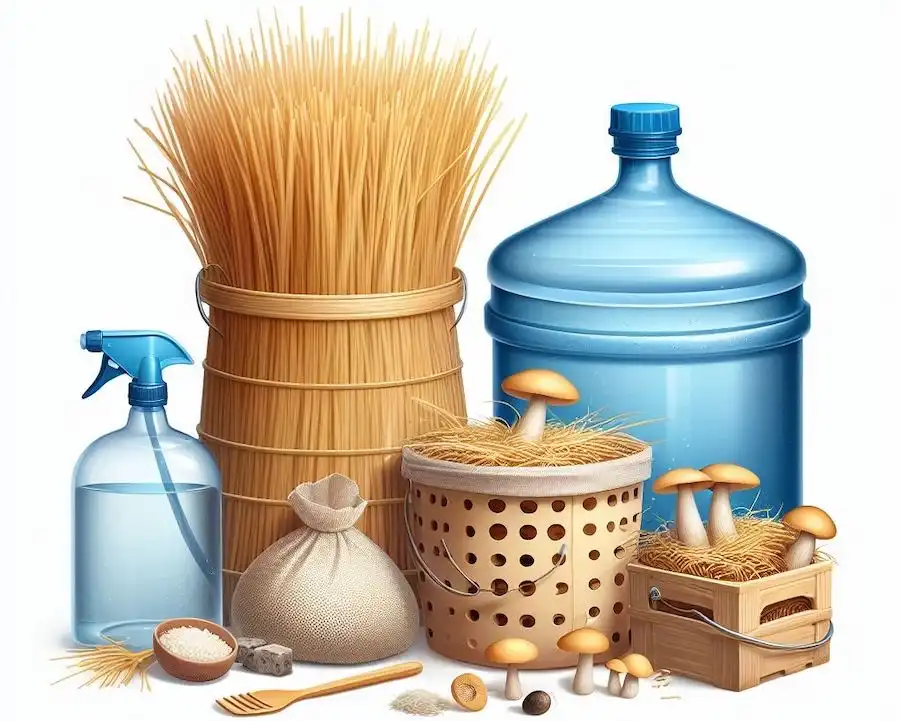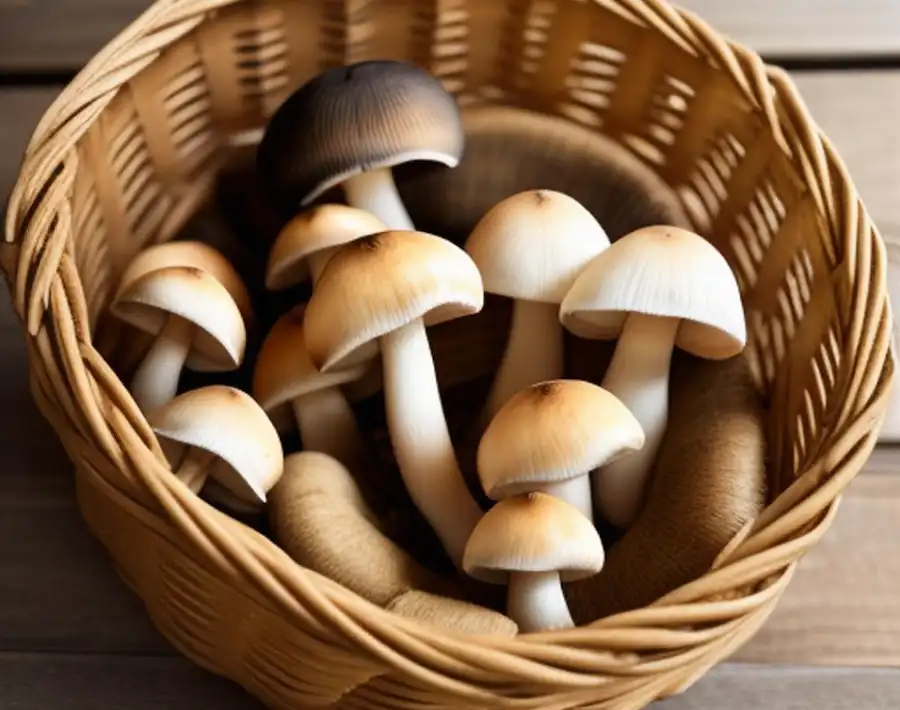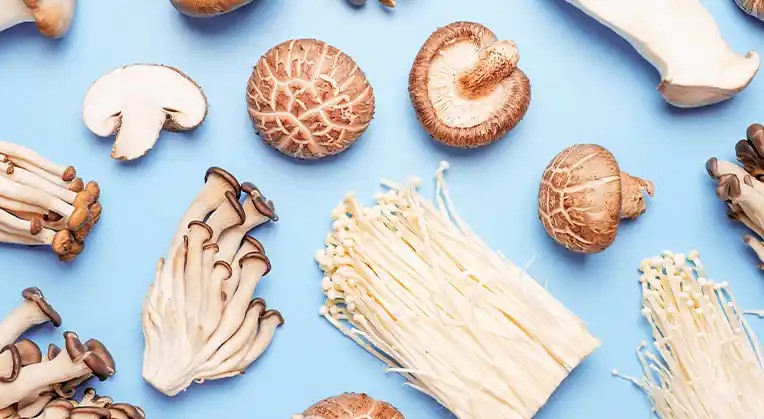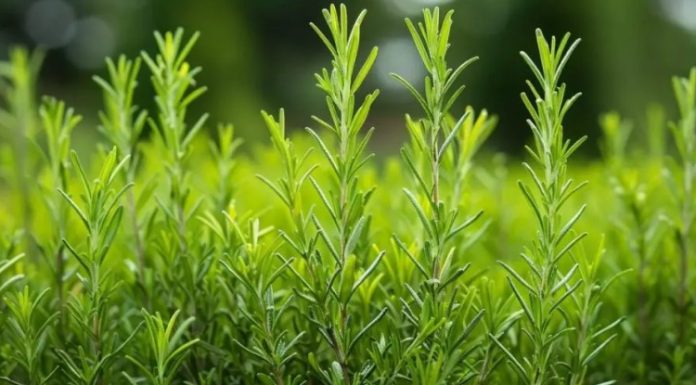Growing mushrooms at home is a delightful and sustainable hobby that rewards you with the savory goodness of freshly harvested fungi. Among the various methods available, using buckets with holes stands out for its simplicity and efficiency. Follow this step-by-step guide to embark on your own mushroom-growing adventure, enjoying multiple harvests from the comfort of your home.
Materials Needed:

- Straw
- Water
- Large pot for boiling
- Mushroom seeds (spawn)
- Plastic buckets with holes
- Clean cloth or lid for covering the buckets
- Watering can or spray bottle
- A cool, dark place for incubation
Step 1: Preparing the Straw
Start by gathering a suitable amount of straw. Wheat or oat straw is ideal for mushroom cultivation. Chop the straw into pieces approximately 2-4 inches in length.
Step 2: Boiling the Straw
Place the chopped straw into a large pot and cover it with water. Bring the water to a boil and let it simmer to sterilize the straw. Once boiled, allow the straw to cool down to room temperature.
Step 3: Acquiring Mushroom Seeds
Purchase mushroom seeds, known as mushroom spawn, from a reliable supplier. Various mushroom species like oyster, shiitake, or white button mushrooms are available to suit your preferences.
Step 4: Layering Straw and Mushroom Seeds
Take a plastic bucket with holes and begin layering. Start with a layer of cooled, boiled straw at the bottom. Spread mushroom seeds evenly on the straw. Repeat this layering process until the bucket is nearly full, finishing with a top layer of straw. Ensure even distribution for optimal mushroom growth.
 Step 5: Incubation
Step 5: Incubation
Cover the bucket with a clean cloth or a lid with small holes to allow air circulation. Place the bucket in a cool, dark area with temperatures ranging from 70°F to 75°F (21°C to 24°C). During this incubation period, the mycelium, which serves as the mushroom’s root system, will colonize the straw.
Step 6: Daily Watering
Maintain consistent moisture levels by watering the mushrooms once or twice a day using a watering can or spray bottle. Avoid overwatering, as excessive moisture can lead to contamination.
Step 7: Harvesting
Around 21 days later, tiny mushroom pins will appear on the straw’s surface. Keep up with moisture levels. As these pins mature, they’ll develop into mushrooms. Harvest by gently twisting and pulling them from the substrate when they reach the desired size.
Step 8: Continued Harvesting
Enjoy multiple harvests by picking mushrooms before they release spores. This practice helps avoid affecting future crops.
 Disclaimer:
Disclaimer:
Growing mushrooms at home demands attention to detail and proper sterilization to prevent contamination. Follow safety guidelines when handling potentially contaminated materials or consuming homegrown mushrooms. If in doubt, consult local experts or mycology professionals for guidance.
Cultivating mushrooms at home using buckets with holes is an immensely rewarding and relatively straightforward process. By following these instructions, relish a consistent supply of fresh, homegrown mushrooms throughout the year. Experiment with diverse mushroom species and techniques to elevate your culinary experiences. Happy mushroom growing!










